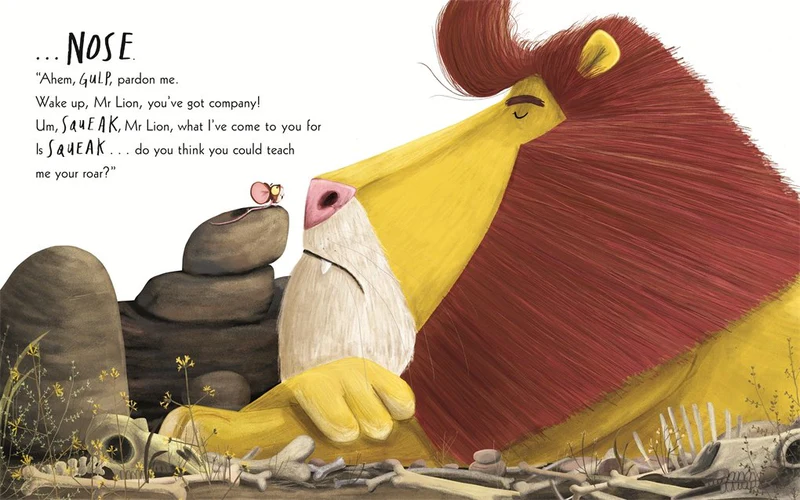A Tale of Twinned Cities

The most important thing to know about William Shivering’s THIEVES OF WEIRDWOOD (Holt, 338 pp., $16.99; ages 8 to 12) is that it will delight and satiate those besotted with Harry Potter, Percy Jackson, Artemis Fowl, Miss Peregrine, the Spiderwicks. It boasts a familiar but enticing list of ingredients — an orphaned hero, plucky sidekicks, shape-shifting monsters, hidden worlds, magical peacekeepers, foul deeds, fateful destinies — whisked into a story that is fast-paced, funny and sometimes surprising. It comes to a satisfying conclusion, though with just enough loose ends, and an appended cliffhanger, to propel readers forward to the next installment, since being the first book in a series is arguably the single most essential part of the recipe, like sugar in a cookie.
The second most important thing to know about “Thieves of Weirdwood” is that it is a prequel to “The Incredible Tales of Weirdwood Manor.” The latter is not a book but a story app, which amounts to something like an audiobook illustrated with simple animations and tricked out with puzzles and other interactive features. “The Incredible Tales of Weirdwood Manor” has also spawned a forthcoming animated TV series.
The third most important thing to know about “Thieves of Weirdwood” is that the word “portcullis” appears 13 times. “Gated entryway” or “forbidding medieval latticework fortification” might have served, but the author insists on repeat usage of a fancy architectural term that even this reader, older than the target audience and familiar with several other fancy architectural terms, had to look up. Which is a good thing, because any evidence of genuine authorial voice is welcome in these waters.
That eccentric human touch belongs to Christian McKay Heidicker, whose previous books include “Scary Stories for Young Foxes” (a Newbery Honor winner last year) and “Attack of the 50-Foot Wallflower.”
For this book, Heidicker is writing under the nom de plume William Shivering, but he continues to display the impressive world-building skills that made his previous work so spookily memorable.
Here the world is Kingsport, a grim bustling city — a little bit Dickens, a little bit Bruegel — where 12-year-old Wally Cooper picks locks and pockets as a junior member of the Black Feathers gang. His not totally trustworthy partner in crime and adventure is Arthur Benton, a would-be swashbuckler obsessed with the gentleman thief hero of his favorite book. They’re basically good boys, of course, with good, secret reasons for their thieving.
The time seems to be the late 19th century, as electric light is novel, but the city is also haunted by a “pox” out of the Dark Ages. (An unexpected resonance there.) Heidicker does a vivid job of guiding us through Kingsport’s jostling streets and squares into the dark, foul tavern where the Black Feathers are headquartered.
But his real triumph is Mirror Kingsport, a kind of Mad magazine reflection of the original where the buildings, streets and inhabitants are literally shaped by its citizens’ hopes and fears. Normal Kingsport is separated from Mirror Kingsport by the Veil, which also separates the wider Real world from the wider Fae world — but watch out for Rifts.
It all makes some sort of sense in context, as does this chunk of expository dialogue: “‘Wait, wait, wait.’ Arthur held his head as if it was about to explode. ‘Let me get this straight. My favorite author doesn’t exist because he was actually a pen name. … Except he kind of does exist, but he lives in the Mirror City. And now he’s used a dragon-bone Quill to write monsters into the streets of Kingsport in order to kill the woman who created him?’”
Mirrors within mirrors! The act of writing is indeed central to this tale, and I only wish Heidicker had had more luxury to indulge his own literary gifts, to spend more time exploring his twinned cities and letting his characters marinate. But the requisite breathtaking pace, maybe too many subplots and a series of cataclysmic airborne battles, rendered in a frenzy of action and shouting, take precedence over mood, tension and psychology — and a debt to the Marvel Cinematic Universe seems greater than even the tribute owed to J. K. Rowling.




